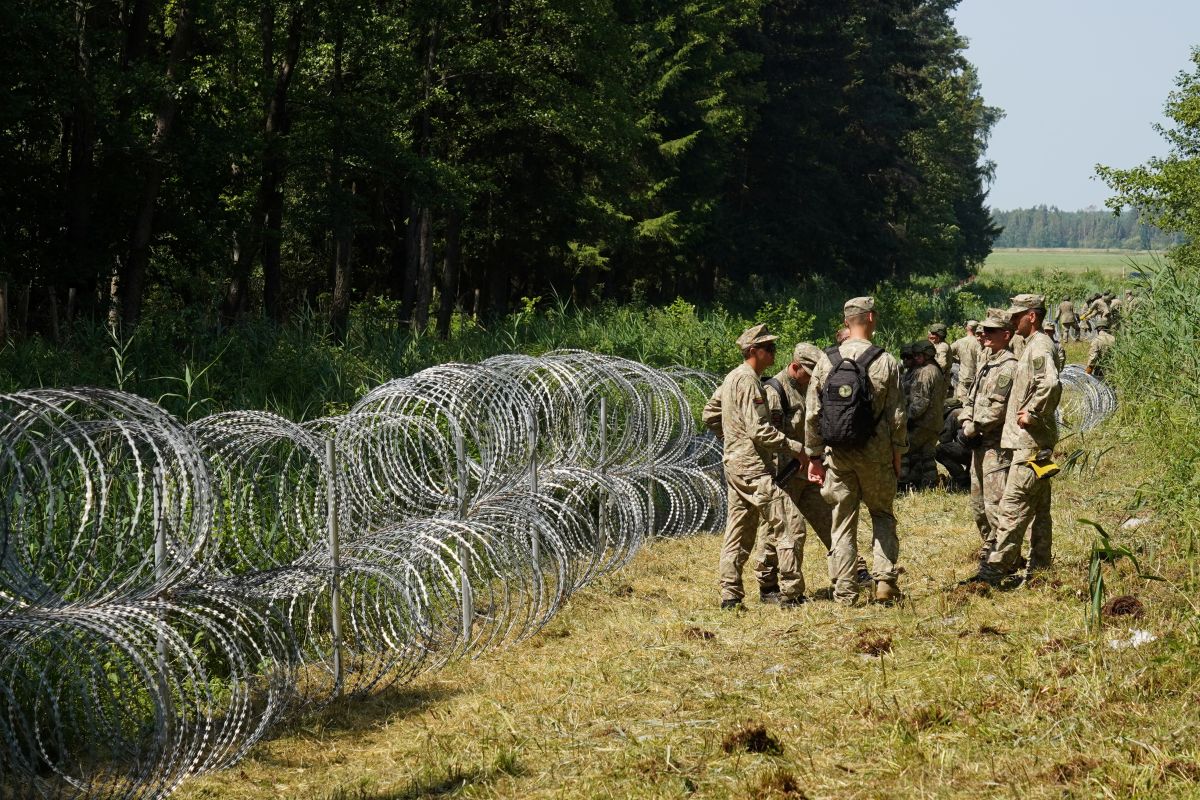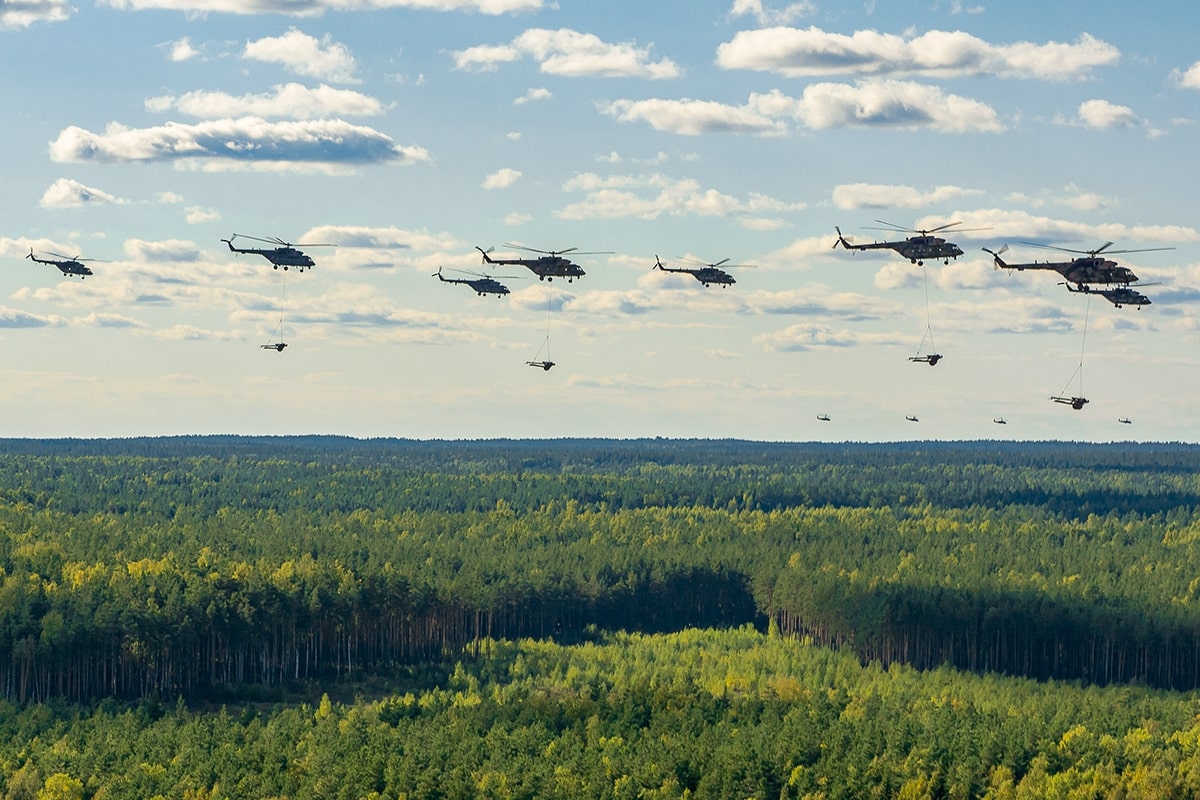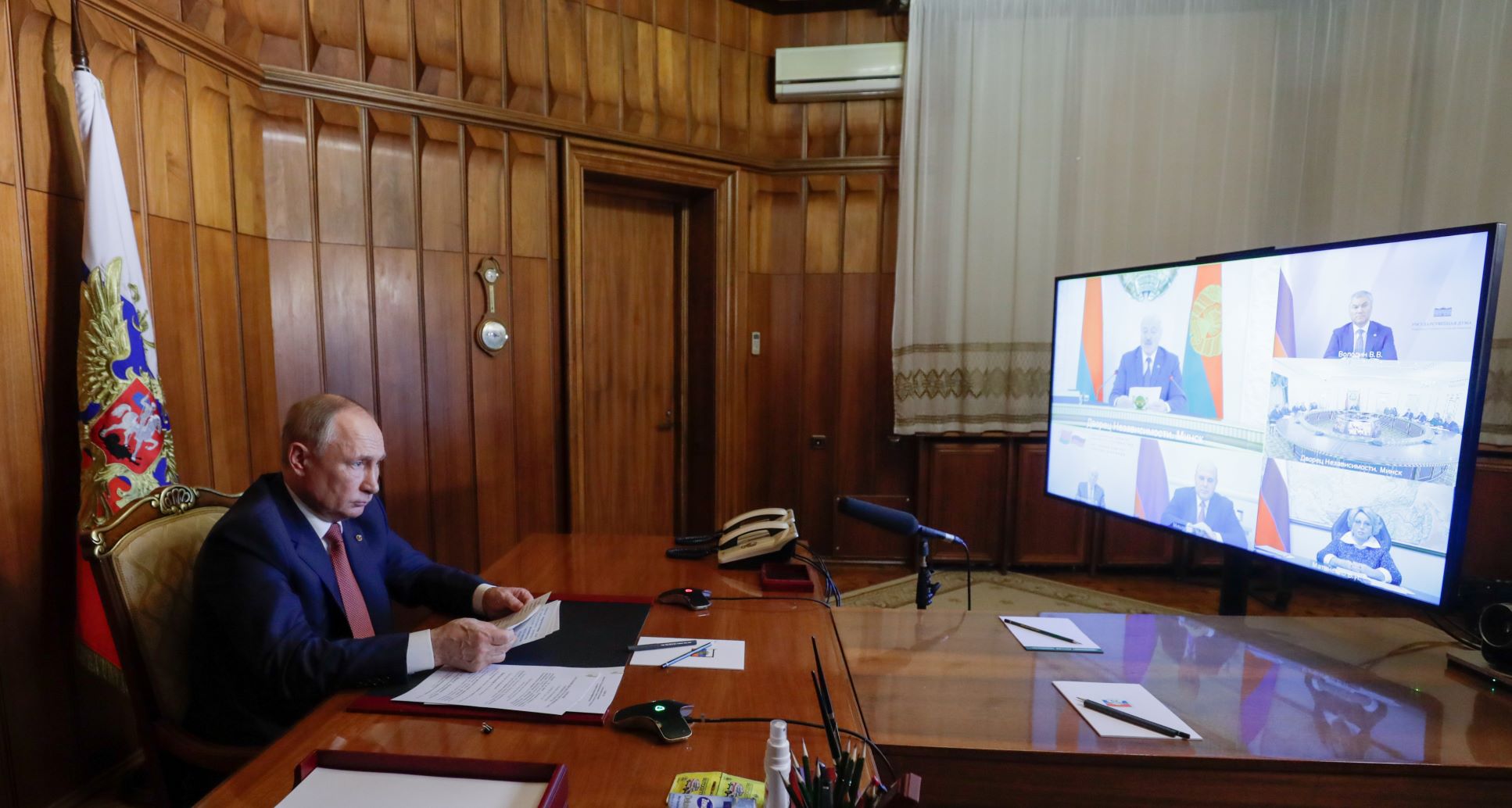Crisis on Belarus-Poland Border Exacerbated
On 8 November, the situation on the border of Belarus and Poland significantly worsened. The Belarusian services led a large group of 2,000-4,000 migrants to the border where they are now trapped. The movement was preceded by disinformation intended to increase tensions and put pressure on the Polish security services operating on the border. These and similar actions are likely to continue and are aimed at undermining Poland’s image in the international arena and testing the country and EU’s ability to protect the border, with more large groups of migrants probably on the way.
_sm.jpg) Photo: HANDOUT/Reuters/Forum
Photo: HANDOUT/Reuters/Forum
What changed on the Belarusian-Polish border in recent days?
On 8 November, near the Bruzgi-Kuźnica Białostocka crossing, an organised column of migrants was first directed by Belarusian services to the crossing point where an armed detachment of internal ministry troops had appeared earlier, and then the people were forced to enter the surrounding forest where they became trapped. In the following hours, there were numerous attempts to cross the Polish border and some destruction of the hastily created barbed wire fencing, as well as numerous projectiles hurled at Polish officers and soldiers. The migrants were openly supported by the Belarusian services, which provided them with basic camping equipment and tools for chopping down trees and destroying the barbed wire. The migrants then spent the night in the border zone. Belarus’s transfer of migrants to the Polish border is aimed not only at reducing their increasingly visible presence in Minsk where the camps had sprung up but also at ratcheting up pressure on the Polish side to accept them, not least because of the approaching winter.
What disinformation has Belarus engaged in and for what purpose?
The transfer of the group of migrants to the border was preceded by a series of reports from Minsk about migrants gathering on the streets of the city, their relocation, and word about an attack on border infrastructure planned for the morning of 8 November. The Belarusian side wanted to raise the tension on the Polish side by testing how it would respond to the reports about the need to significantly strengthen the protection of the Belarusian side of the border. The Belarusian media reports discussed the march of the migrants towards the Polish border and raised the humanitarian aspect. There were stories about women and children, which were then connected to Poland’s participation in the intervention in 2003 in Iraq where most of the migrants are from. A key element of the reports was disinformation that groups of migrants had already freely crossed the Polish border, which aimed to undermine Poland’s ability to protect the external EU/NATO border. Russian media also backed this disinformation.
How might the situation develop?
In the coming days and weeks, this type of activity of varying intensity is expected to continue. Migrants from the Middle East continue to come to Belarus. The Belarusian services will take advantage of the poor weather conditions to motivate the forced migrants to be more determined in their attempts to get into Poland and further to Germany. Maintaining a state of tension will be extended to the borders with Lithuania, Latvia, and Ukraine where additional migrants may be directed. There is also an element of checking the reactions of NATO and the European Union, seeking to undermine Poland in these organisations and increasing tensions in the region overall. Belarus will also look for more ways to undermine Poland ahead of it taking the chair of the OSCE next year by publicising any inhumane or inappropriate behaviour of the Polish uniformed services.





